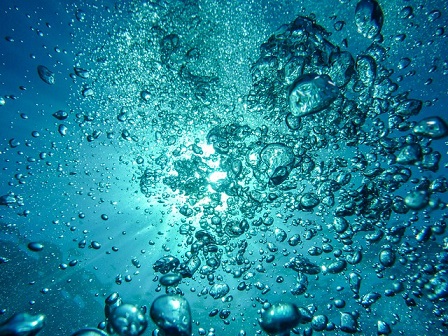 There are approximately 663 million people across the globe that lack access to a basic human right – clean water! In this day and age it is disgusting and frightening to think that what we accept as a right and don’t think twice about is not available to so many poor souls.
There are approximately 663 million people across the globe that lack access to a basic human right – clean water! In this day and age it is disgusting and frightening to think that what we accept as a right and don’t think twice about is not available to so many poor souls.
Even though more communities across the globe have gained access to clean water over the past 25 years and there are still many initiatives fighting to get clean water to other communities, there are still too many without potable water.
Waterborne diseases still remain a leading cause of death for children under 5, with one child under 5 dying every minute. Unfortunately because we do not see the devastation a lack of water causes in these areas, we are sometimes unaware, and at other times just cannot actually picture it – this results in many if not most people just ignoring the huge need for potable water in many third world countries.
In order to bring some attention to the water privilege most of us have, and to highlight the inequality that exists, photographer Ashley Gilbertson recently released a photo series spanning seven countries.
Looking at these photos and reading the accompanying stats gives us an all-round picture of just how privileged some are and how many problems other individuals have because they have no access to one of the most basic human rights – the right to clean water.
Here are a few comparisons given:
- S.A – Ashley Gilbertson said he was shocked to realise that his family of 3who live in New York, USA uses approximately 1,000 Litres of water per day. The average American family uses about 1,500 litres per day according to the Environmental Protection Agency.
- Myanmar – A family of 4 in Myanmar uses approximately 100 litres of water per day, if they can access clean water from local wells and ponds, which are unfortunately often contaminated and lead to waterborne illnesses. These sources dry up completely in the summer and then they have to get up really early and try to get to a local monastery where they can get water from its borehole in exchange for a small donation.
- India – A family of 7 in India, a water-stretched country where the few water sources are mostly contaminated by sewage and agricultural runoff, uses around 220 litres of water per day. Waterborne illnesses are so severe here that around 1,600 people die every day from diarrhoeal diseases.
- Malawi – A family of 6 in Malawi, where 17% of the population lacks access to water, uses about 120 litres of water per day. Most of the time water must be fetched from a borehole which is sometimes many kilometres away.
- Bolivia – The majority of indigenous communities in Bolivia subsist on $2 a day, and around 28% of them do not have access to clean water. Water is so scarce it cannot be used for farming, and a family of 3 exists on about 100 litres of water per day for drinking, cooking, showering, washing clothes and dishes and sanitation purposes.
Comparing the USA family to the family in Bolivia, it can be seen that the Bolivian family uses only 10% of what the family in New York uses – under much harsher circumstances. If this Bolivian family had more water, they could at least grow some vegetables and lift themselves out of poverty by selling some, but such is the global water inequality that they barely have sufficient for personal use, and they are amongst the lucky ones.
Get plumbed in water coolers and bottled water coolers from Living-Water. Rent water coolers and buy water coolers online in London for your business or home.





